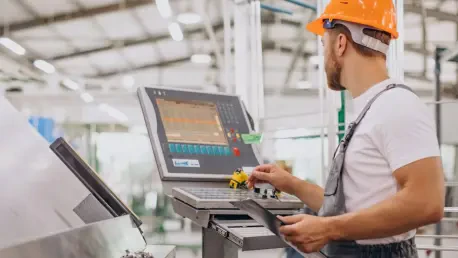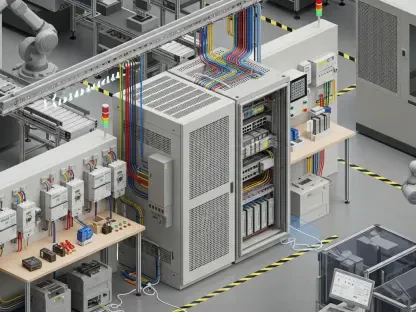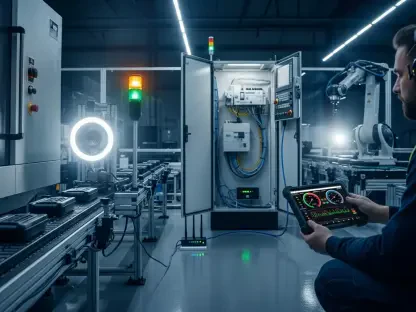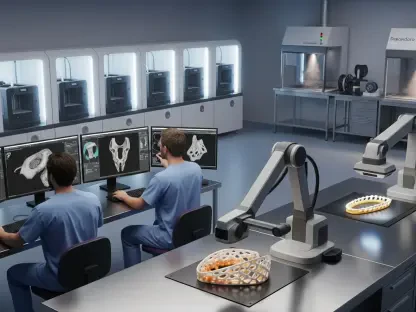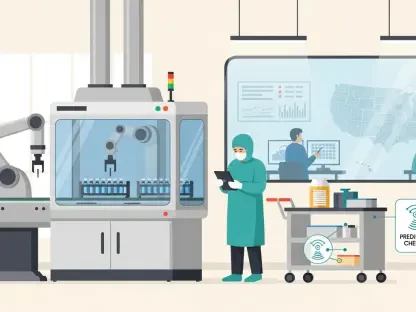The increasing reliance on interconnected technologies in the industrial and surveillance sectors has made security vulnerabilities a critical concern, prompting the U.S. Cybersecurity and Infrastructure Security Agency (CISA) to issue new alerts. These advisories focus on significant security gaps found in devices from well-known manufacturers such as Siemens, Aveva, and PTZOptics. The vulnerabilities include hard-coded credentials, command injections, race conditions, and multiple buffer overflow issues, collectively highlighting potential threats from remote attacks. Such security lapses pose an immediate risk to critical infrastructure, necessitating urgent action by system administrators to update and secure these systems. Furthermore, the implications of these loopholes extend beyond individual systems, affecting broader industrial operations and national security.
The most concerning vulnerabilities were identified in Siemens’ industrial control systems, particularly in devices such as Technomatix Plant Simulation, RUGGEDCOM, SCALANCE, SIMATIC-S7-1500 CPUs, and Siemens Energy Services. These systems were revealed to have critical issues, including missing encryption and out-of-bounds reads and writes, with SIMATIC-S7-1500 CPUs being notably affected. CISA’s reports particularly emphasize the need for updates in versions 3.1.5 and earlier. These lapses could allow unauthorized access and manipulation, leading to significant operational disruptions. Consequently, the urgency to address these security flaws cannot be overstressed, as failure to act could compromise both operational integrity and safety.
Vulnerability Analysis in Industrial Systems
In analyzing the vulnerabilities within industrial control systems, Siemens’ range of products emerges as a primary concern due to its presence in various sectors like manufacturing and energy. Problems such as buffer overflows and missing encryption lead to potential exploits that could result in unauthorized code execution or access to sensitive information. For instance, the SIMATIC-S7-1500 CPU series, pivotal in automating various industrial tasks, is identified as requiring immediate patches. The lack of timely updates exposes these devices to increased risk, enabling attackers to exploit unaddressed weaknesses to gain control or sabotage operations. This underscores the importance of regular, proactive assessments of cybersecurity protocols within the industrial domain.
The pressing need for these updates is further magnified when considering the dependency many critical infrastructures have on Siemens’ technologies. These systems are integral to maintaining essential services, and any compromise could have domino effects on sectors ranging from energy distribution to transportation. The prominence of Siemens’ control systems means that these vulnerabilities, if left unpatched, present attractive targets for potential cyber attackers looking to cause widespread disruption. As the industry continues to evolve and integrate more digital solutions, ensuring robust cybersecurity measures becomes critically essential. To prevent further exploitation, stakeholders must treat CISA’s advisories as directives for immediate action rather than mere recommendations.
Security Concerns in Surveillance Technology
The alert from CISA isn’t limited to industrial control systems but extends significantly to surveillance technology. Notably, pan-tilt-zoom (PTZ) cameras from brands such as ValueHD, PTZOptics, multiCAM Systems, and SMTAV have been highlighted as vulnerable. These devices, often deployed for critical security and monitoring functions, possess significant flaws such as command-injection vulnerabilities and hard-coded credentials, raising serious concerns over unauthorized remote access. Such weaknesses could allow attackers to gain control of the cameras, potentially leading to severe breaches in security and privacy, thereby reinforcing the urgency of patching these systems promptly to safeguard sensitive environments.
In the ever-evolving landscape of digital surveillance, the risks associated with unpatched vulnerabilities can be extensive. Command injections, if not addressed, could enable malicious actors to bypass authentication processes and manipulate surveillance feeds or access stored footage. The presence of hard-coded credentials in PTZ cameras poses another layer of threat by providing an easy entry point for attackers to exploit. These vulnerabilities could allow unauthorized persons to manipulate camera functions, compromising monitoring capabilities and undermining security efforts. Therefore, it is crucial for organizations relying on these technologies to implement the necessary patches and maintain up-to-date security protocols to protect against potential exploitation and assure operational integrity.
Addressing Industrial System Security
The growing dependence on interconnected technologies in the industrial and surveillance spheres has spotlighted security vulnerabilities as a pressing issue, leading the U.S. Cybersecurity and Infrastructure Security Agency (CISA) to release crucial alerts. These advisories target serious security flaws in devices from prominent manufacturers like Siemens, Aveva, and PTZOptics. The vulnerabilities consist of hard-coded credentials, command injections, race conditions, and various buffer overflow concerns, all underscoring potential remote attack threats. Such lapses present an immediate danger to vital infrastructure, urging system administrators to promptly update and secure systems. The implications of these security gaps extend beyond single systems, posing threats to broader industrial functions and national security. Of particular concern are Siemens’ industrial control systems, with major issues in devices such as Technomatix Plant Simulation, RUGGEDCOM, and SIMATIC-S7-1500 CPUs. CISA stresses the need for updates in versions 3.1.5 and earlier to prevent unauthorized access and disruption.
